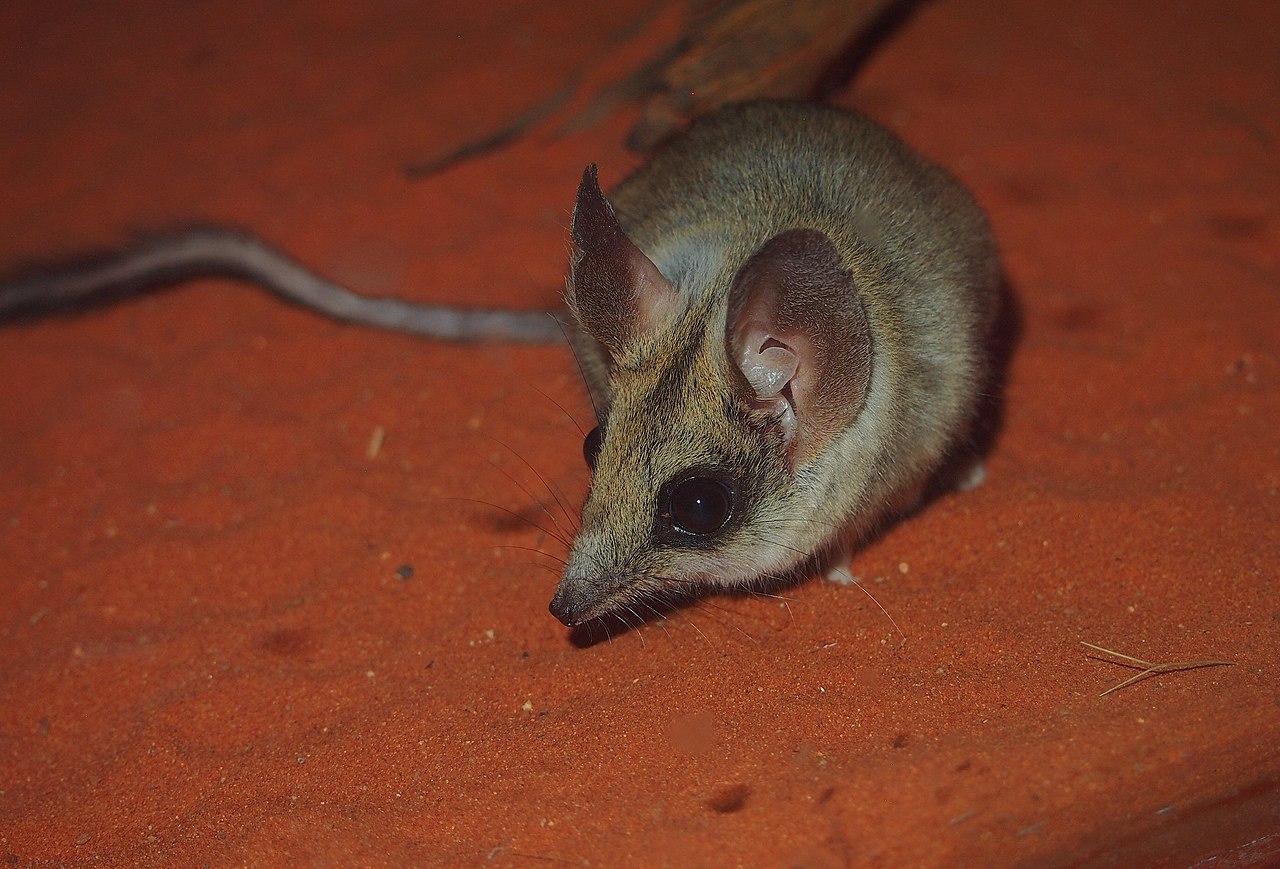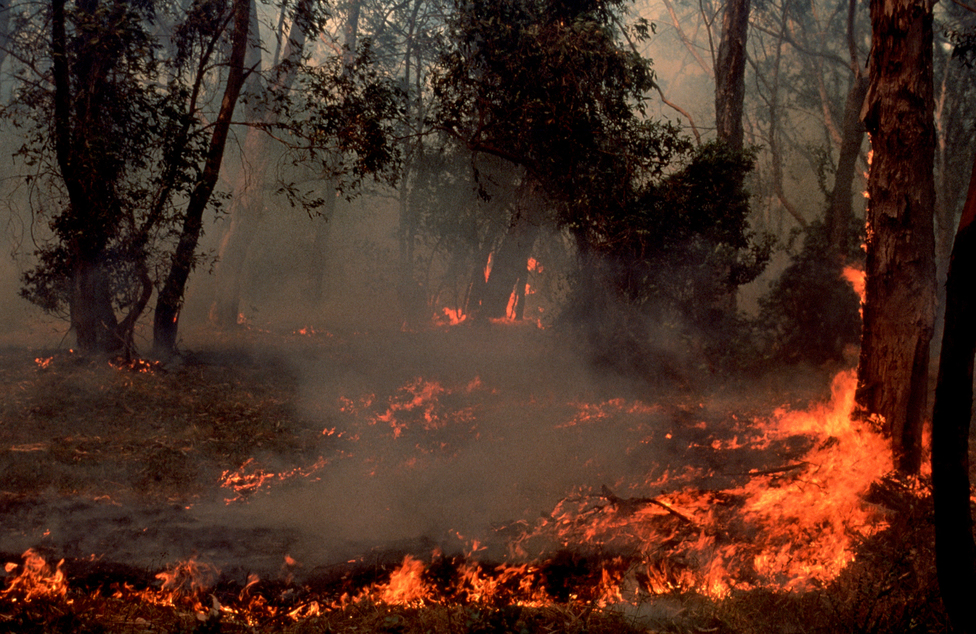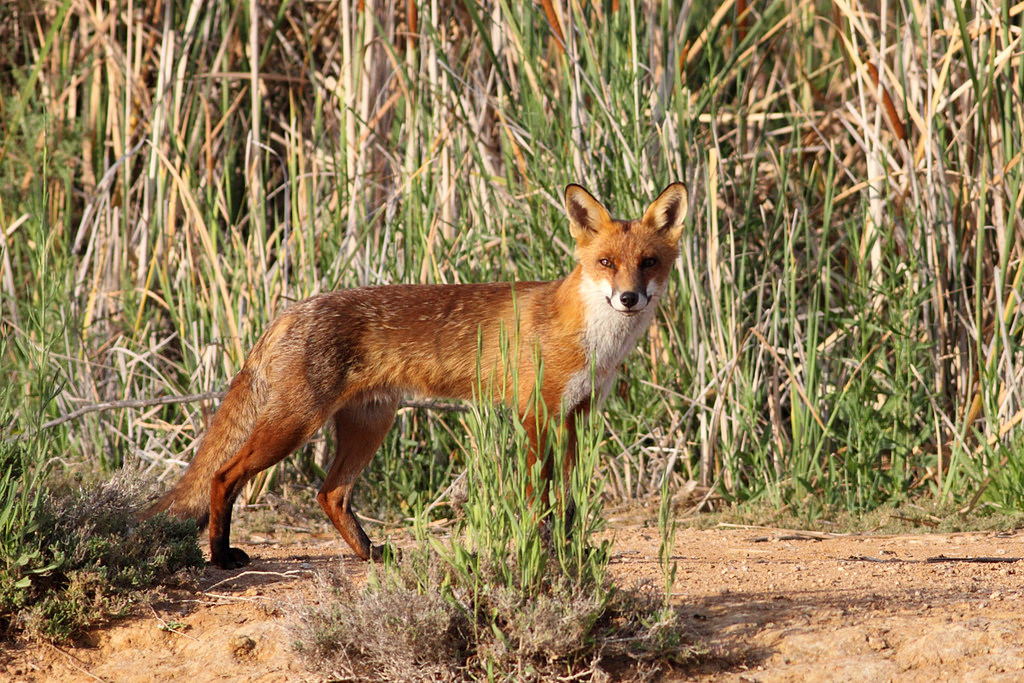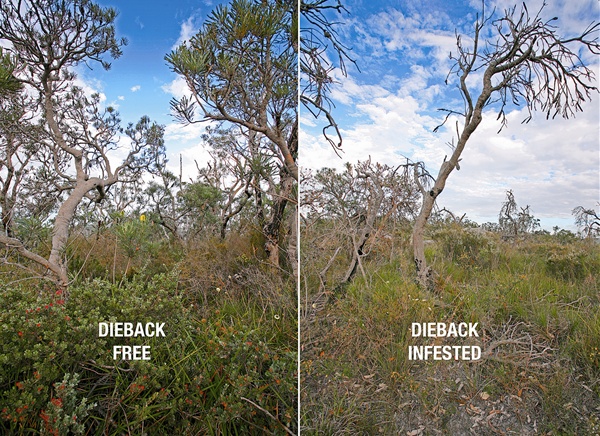
The cute kultarr is one of Australia’s lesser known threatened species. Credit: Mark Marathon
Australia is not all koalas and kangaroos (although they are pretty great). We have animals like the Fitzroy River Turtle, for example, known for its ability to breathe through its bum. We have the mouse-sized kultarr, a marsupial that somehow survives in our driest deserts. And we have one of the world’s most venomous plants, the Gympie-Gympie stinging tree.
In fact, Australia has an estimated 600,000 species of native plants and animals. The majority of which are not found anywhere else on the planet. So, it’s natural we want to protect them. That’s why Australia also has over 500 national parks and 19 UNESCO World Heritage-listed sites.
Many government agencies and not-for-profit groups manage these sites and contribute to the protection of our animals and plants. Especially those that are threatened or endangered.
Almost 2000 Australian species are now listed as threatened or endangered. One of those is the kultarr. So, how can these agencies do the best job in protecting our unique biodiversity?
The more you know, the more our threatened species grow
Agencies that manage threatened species increasingly have to prioritise their limited resources to save animals and plants.
To help find the best way to spend these limited resources, our researchers worked with the NSW Government’s Saving our Species conservation program. Together we to conducted a ‘value of information’ analysis. This is a decision-science technique that measures what you stand to gain if you have more information on a particular topic.
For example, we can control weeds by pulling them out, spraying them with herbicide, or using a biocontrol agent (using another plant or animal to control the weed). Lots of research has been done to determine that these are effective ways to control weeds, so we’re pretty confident about our approach (though there is always value in finding better techniques).
But when it comes to some of the biggest threats affecting our native flora and fauna, it turns out we’re somewhat in the dark.
Take our friend the kultarr. We know their numbers are dwindling. And we have a pretty good idea it’s because of predators like foxes and cats, as well as habitat loss. But this is where it gets complicated. How many kultarrs will we save if we control threats like foxes and cats? And will this have any impact on the kultarr population? If we have more information about these threats and their impacts, we could make better decisions.
We found that to get the biggest bang for our buck, in protecting species, we need to improve our understanding of three key threats.
1. Light my fire

Bushfires are expected to become more extreme as our climate changes but what impact do they have on threatened species?
Fire is a very natural part of life in most parts of Australia. But if it’s poorly managed, it can cause the biggest loss of our species. Some animals might be killed or displaced after a bushfire, for example, but the aftermath can help them thrive. After a fire, vegetation will eventually grow back thicker from the nutrient-rich soil, providing an all-you-can-eat buffet for many animals.
So what do we need to know? We can improve our knowledge of the best frequency for fires, the best time of year and how fires affect threatened species.
2. Alien predators

The introduction of the European red fox (Vulpes vulpes) has been disastrous for our local wildlife. Credit: Harlz_
Our number one threat to species extinction in Australia is invasive species.
Cats and foxes cause the most trouble. Feral cats alone contribute to more than a third of bird, mammal and reptile extinctions.
Despite the magnitude of the threat posed by cats and foxes, for many species we’re still unsure exactly how much gain we’d get if we removed the threat. Take the kultarr— we know kultarrs are eaten by foxes and cats. But they’re also threatened by habitat degradation, fire and local flooding events. With so many threats affecting the species, how would kultarrs respond if we could get rid of just one threat, such as cats or foxes? Our research estimates that the benefits of figuring out how species like the kultarr would respond to fox and cat removal is likely to be a big boost to the future of this cute little species.
3. Curl up and dieback

An example of the impact of dieback. Credit: Gaia Resources
Another invasive species is next on our list: dieback or ‘root rot’ caused by the plant disease Phytophthora cinnamomi. The disease spreads easily and rots the roots of plants. It’s responsible for killing off many plant species, including grasstrees, and can also result in loss of habitat for animals.
Dieback is difficult to detect and can cause permanent damage before it’s identified. It can remain dormant for long periods during dry weather only to spread when you least expect it.
Phytophthora cinnamomi is nearly impossible to eradicate, so preventing its spread is currently the best way to manage its trail of destruction.
If we knew more about how to get rid of Phytophthora cinnamomi we could save a lot of at-risk native vegetation.
Now what?
So, we know we need to better understand these three threats to know how effective we are at looking after threatened species. But we also found it’s always better to attempt management, than to do nothing – even in the face of uncertainty.
Like managing your budget at home, you want to spend your hard-earned cash on the areas that make most sense and have the biggest benefit. This study suggests where to invest in additional research to make sure we get biggest bang-for-buck from threat management. But it also creates new questions about how to best capitalise on these opportunities.
When we looked at the interactions between threats, we found that the three threats with the greatest potential gains from management (fire, invasive predators and dieback) were also the threats that interacted most with other threats. How we disentangle these interactions to reduce uncertainty is an ongoing challenge. We’re now working to see how artificial intelligence might help us learn how to improve threat management over time. Stay tuned!
Researchers including Josie Carwardine from CSIRO recently developed a national-scale dataset for threats impacting Australia’s imperiled flora and fauna. This dataset provides critical information for conservation action planning, national legislation and policy, and prioritising investments in threatened species management and recovery.


2nd September 2019 at 1:11 pm
Deer, wild dogs, cane toads, rabbits, pigs, brumbies, camels, water buffaloes, European rats, carp and non native ducks and geese are also impacting habitat…don’t get me started on plants escaping from our gardens to the bush. There are more restrictions required on the types of gardens that fringe our towns and cities. If we put a value on these things we could get rid of them or at least reduce them to levels that can be managed
27th August 2019 at 10:35 pm
I think it is quite sure that the word ‘human’ should be instead of these words “red fox” “cats and foxes”:
“The introduction of the European red fox (Vulpes vulpes) has been disastrous for our local wildlife.
Our number one threat to species extinction in Australia is invasive species.
Cats and foxes cause the most trouble.”